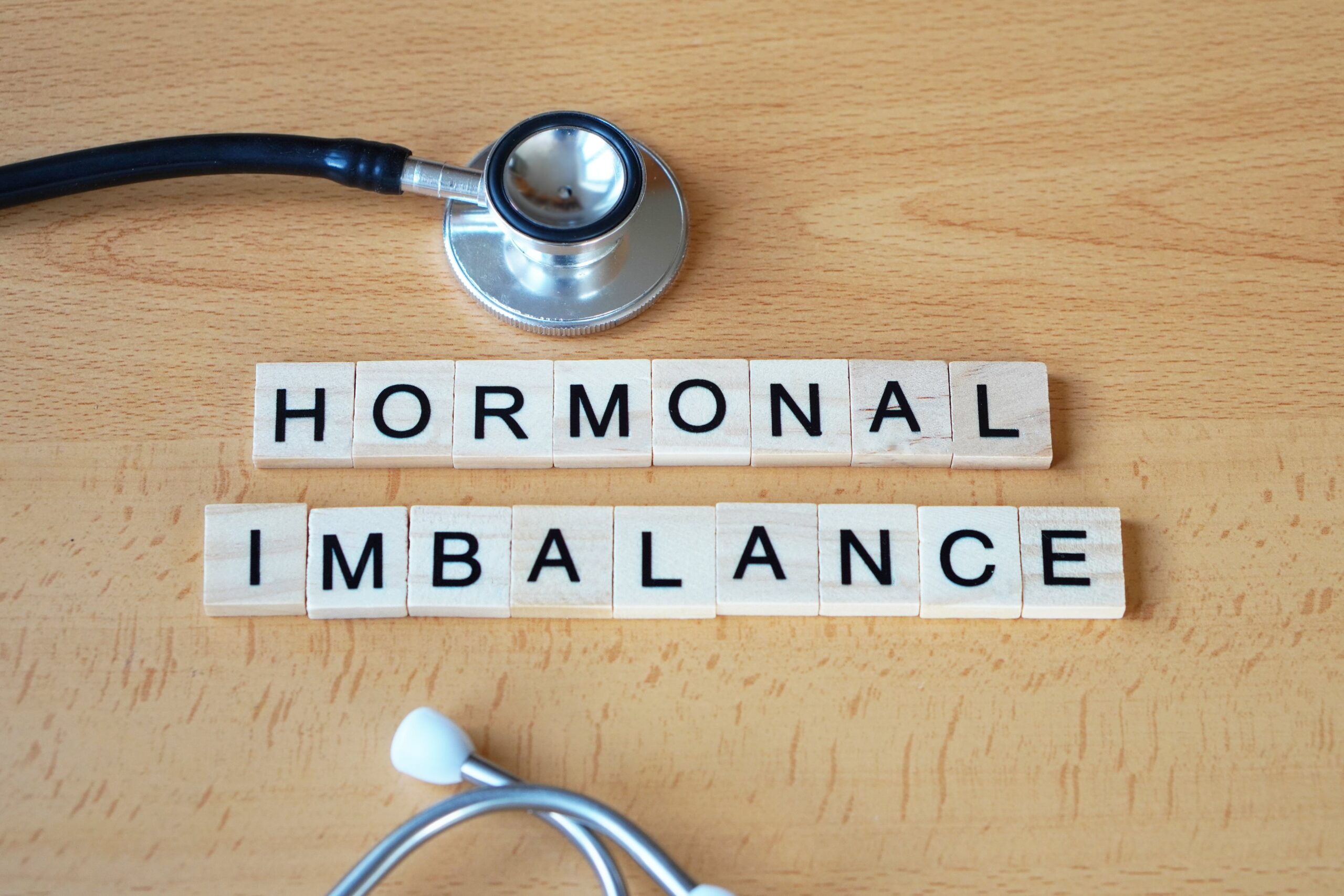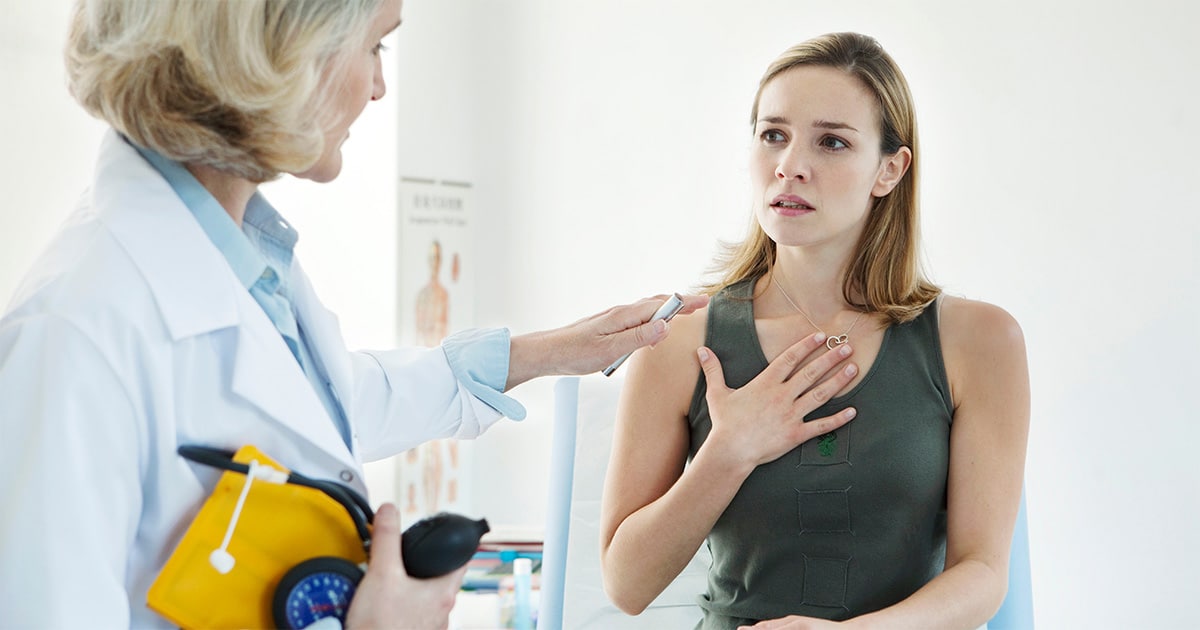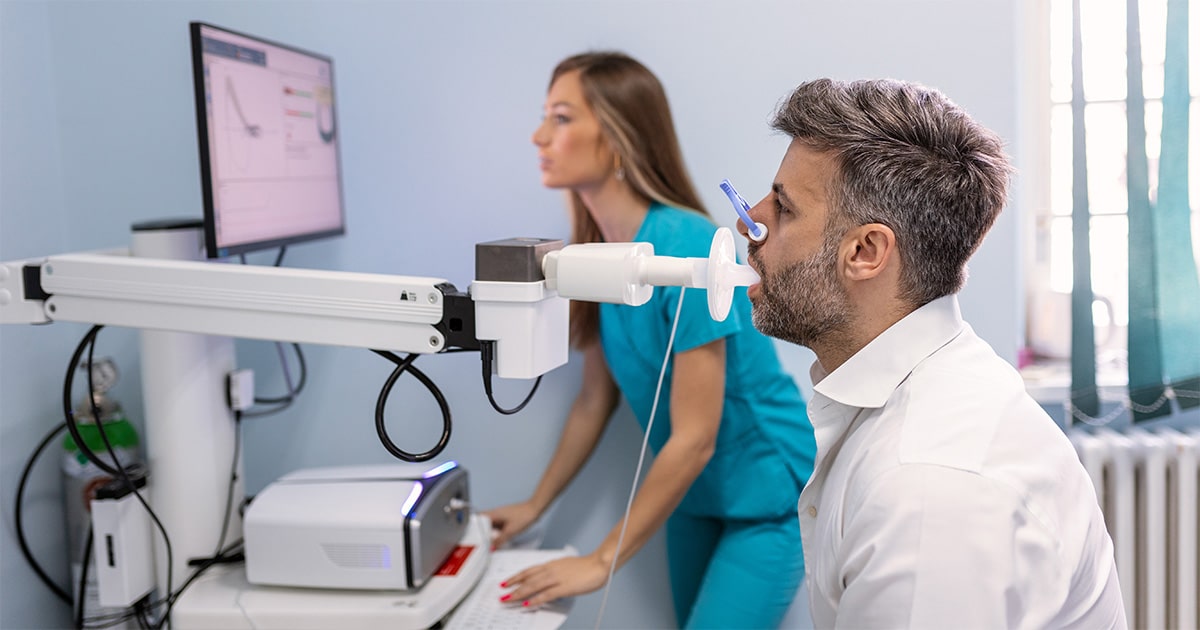While October is Breast Cancer Awareness Month, this serious disease requires attention all year round as breast cancer is a very common type of cancer among adult women. The statistics reflect just how ubiquitous this disease is in the United States. Over one-quarter of a million American women receive a breast cancer diagnosis each year. Additionally, more than 40,000 women succumb to breast cancer in the US annually. And while you cannot completely eliminate your risk of breast cancer, there are effective steps you can take with the support of your primary care physician (PCP) to increase the likelihood of early detection.
Why is Breast Cancer Early Detection Important?
Breast cancer often begins confined to a relatively small area. In its early stages, it may be possible to remove all the cancer with local surgical excision, called a lumpectomy. However, in later stages, complete surgical removal of the breast – called a mastectomy – can be necessary. Furthermore, as breast cancer progresses via lymph nodes, it can spread to other organs in a process known as distant metastasis. The lungs, liver, and brain are common targets of breast cancer metastasis.
Given the trajectory of breast cancer in its later stages, breast cancer is most successfully treated when detected early. Not only does early detection of breast cancer provide the best survival rates, but breast cancer treatment tends to be less invasive when therapy begins in the early stages of the disease.
Know and Communicate Your Breast Cancer Risk Factors
Although breast cancer can strike any woman regardless of age, ethnicity or health, there are several risk factors that increase your chances of the disease. It is crucial that you are aware of your risk factors and communicate this knowledge with your medical team, including your PCP. Major breast cancer risk factors include:
- – Family history of breast cancer
- – Personal history of prior breast cancer
- – Increasing age
- – Obesity
– Radiation exposure to the chest area
– Certain gene mutations
– Not having children or having children late in life
Of course, none of these risk factors guarantees you will have breast cancer, and many breast cancer patients do not have any of the risk factors above. Still, your breast cancer risk will influence your well-woman care plan and your breast cancer surveillance, so your PCP and/or OBGYN should be aware of your personal and family history.
The Role of Mammograms in Early Detection
For example, most women need to begin screening mammograms at age 40. However, your PCP or OBGYN may recommend advancing this schedule due to your risk factors. If you have several close female family members with breast cancer, for instance, your PCP may want you to start receiving mammograms at 35 or 30.
Also, depending on your risks and other factors, like breast density, your PCP might advise additional screening methods such as breast ultrasounds or MRIs. Remember, your healthcare provider can arrange all your breast cancer screening, including in-office breast exams and mammograms or other imaging.
Personal Breast Awareness
You should not underestimate the importance of your own breast awareness. No one knows your breasts better than you, so you need to be attuned to any changes in your breasts, no matter how seemingly insignificant. Here are some features to be on the lookout for:
- – Any breast or armpit nodules, masses or lumps
- – Breast or armpit soreness
- – Abnormal nipple discharge or soreness
- – Dimpling, wrinkling, thickening, scaling, redness or other color changes of skin in the breast areas
- – Nipple inversion
It’s recommended that you perform a self-breast exam at least once per month but be continually aware of any transitions in the shape, appearance, sensation, or feel of your breasts. If you do notice any of the signs above, bring them to the immediate attention of your PCP. While none of these symptoms definitively indicate cancer, they require further investigation, and time is always of the essence when it comes to the possibility of cancer.
Taking the Next Steps
Your family doctor is a convenient first point of contact for not only your routine checkups and sick appointments, but for women, they can also be a primary point of care for your well woman needs. If you haven’t had an annual checkup yet this year with your PCP, take this time to do what you can to support early breast care detection by making an appointment.
If you’re in Connecticut and would like to find a doctor near you to help evaluate any symptoms you may have, you can locate a board-certified PACT primary care physician near you using our searchable list here.
Looking For a Primary Care Doctor in Connecticut?
PACT Primary Care is Accepting New Patients!
Locations throughout Connecticut in Guilford, Hamden, Madison, Milford, New Haven, Orange, West Haven and Wallingford.
To schedule an appointment, request an appointment online here or call a local center near you.








